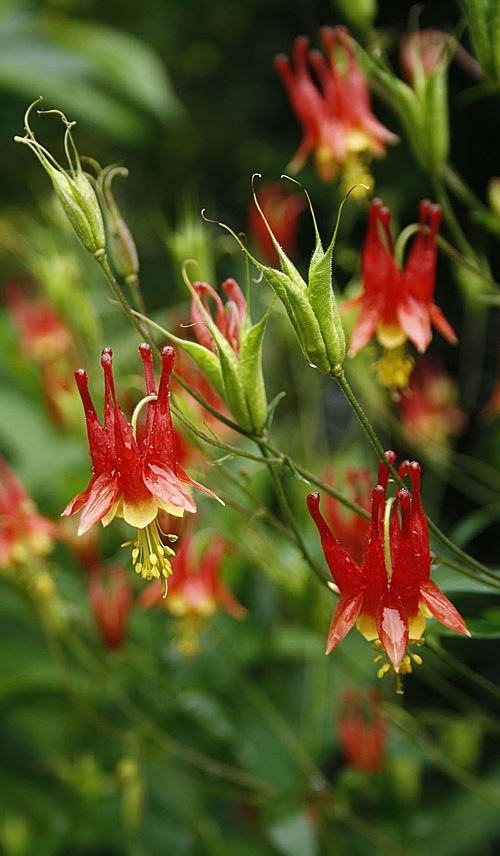- Home
- Resources
- Resource Library
- Plants and Seeds
Plants &
| Plants: The energy converters for the terrestrial, solar powered ecosystem. Photosynthesis forms the basis of the food chain, converting solar energy into the energy that, stored as carbohydrates, feeds all of the other layers of the ecosystem. From hosting nitrogen fixing bacteria all the way up the food chain to carnivores, plants provide the carbohydrates that power the system. Plants manufacture soils, modify climates, store water and nutrients, cultivate and modify soil biology and form complex, interdependent relationships with fungi, bacteria, pollinators, grazers and a range of seed dispersers including insects and birds. When we work with plants, the species we choose, where we source them, what we plant them with and how we care for them will affect the local and regional and global environment. They are also beautiful, useful and fascinating to humans and incorporating them into our urban spaces helps to make happier, calmer and healthier and frames our experience of being outdoors. |

Regenerative Planting Practices:
|
Degenerative Planting Practices:
|

Livelihoods in working with plants:
- Designing garden that support the lifecycles of specific insect or other threatened species
- Designing gardens that feed or otherwise support humans -displacing other, less sustainable sources of products
- Creating gardens using local plants and materials and biologically sound soil management practices
- Providing ecosystem focused landscape maintenance
- Coaching people transitioning to organic and regenerative practices
- Collecting and selling seeds from regionally native plants
- Producing seed of locally adapted edible and ornamental plants
- Producing and propagating plants for the local market, especially:
- Field grown perennials, trees and shrubs
- Native plants
- Perennial edibles
- Edible ornamental plants

